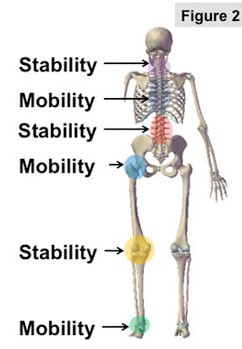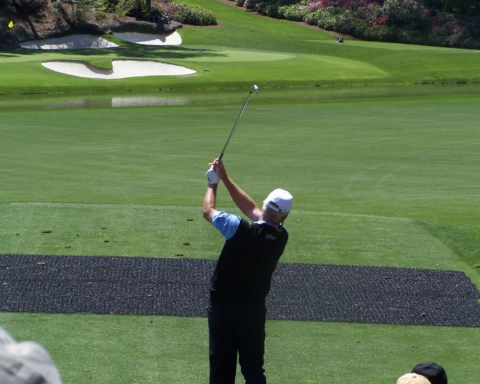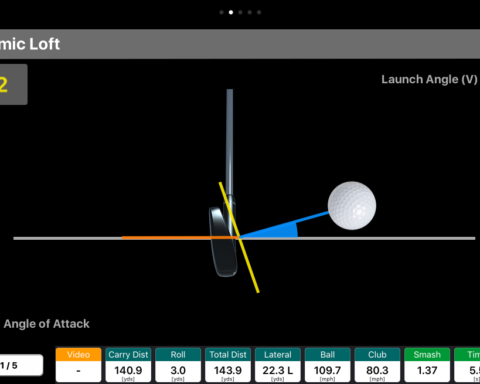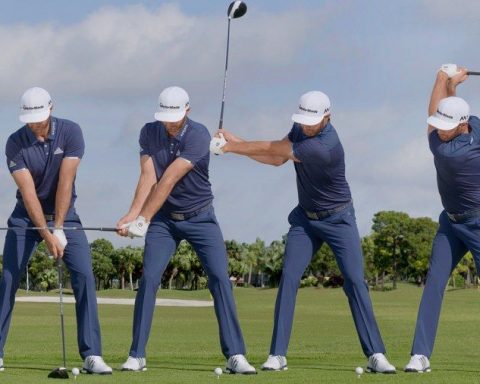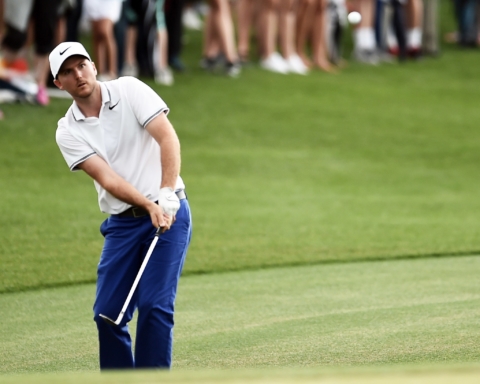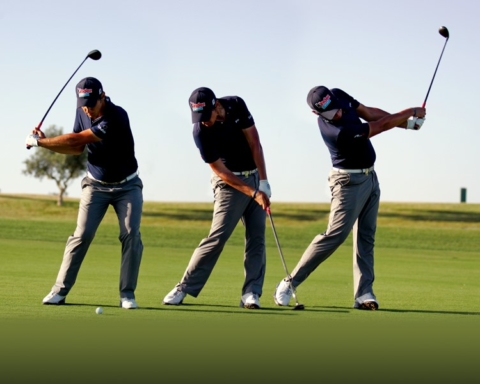“Weight shift does equal distance” was a major topic of discussion at the BodiTrak PGA education event last week. Tim Mitchell from Pelican Hill and I, mostly Tim invited BodiTrak out to the left coast so we could learn more from the BodiTrak expert Terry Hashimoto. Terry was entertaining as always and brought new data and information regarding weight shift and how is equates to distance.
BodiTrak and pressure plates have really changed the way we think about the transfer of energy in the golf swing. We have all heard we should keep our weight balanced, not on your heels or toes. We have learned that when your weight is towards your toes this works as a breaking system for you body and when your weight is towards your heels this encourages rotation. So the weight on your toes actually inhibits your ability to finish your golf swing towards the target. Not finishing the swing or following through to a balance position one of the most common errors poor golfers exhibit.
Terry Hashimoto and other golf instructors using BodiTrak can take a player that hooks the ball, change where their weight is located at impact and get the player to stop hooking the ball in less that three swings in many cases. That is how powerful this technology can be for a player. 
BodiTrak measures pressure in each foot front to back along with center of mass and center of pressure during the golf swing. This device picks of data that cannot be seen on video or the human eye. The data confirms many, theories on how an effective golf swing works and challenges a few. You could spend weeks learning all the information this technology provides but lets discuss a few basics that can help you.
When does the weight shift happen?
For many years golfers have tried to shift their weight to start the down swing as a power move. The problem is the data shows this is not effective. The lateral motion of the hips and weight shift start moving towards the target before the arms stop at the end of the back swing. That is correct. With players that produce power the weight starts to move towards the target about when the left arm is horizontal in the back swing. A current player on the Senior tour and former Ryder Cup caption says this is not correct but the data shows it may sound wrong but it is so right.
Do the hips go towards the target at the same time they rotate?
This only happens with poor golfers that hit the ball a short distance. The hips first move laterally and the rotate, two separate motions. The lateral motion in the hips starts before the end of the back swing, stop moving towards the target and then the hips rotate. Think of a tennis player or baseball player swinging. They first step then rotate and the same is true for golf minus the physical step. The weight goes forward and then rotates.
How does this make you hit the ball farther?
Boditrak measures the speed in which the lateral motion in the golf swing happens. This is measured in centimeters per second. A short hitting player may be around 85 cps, a player like me who is not long and hits the driver between 265 -280 is around 160 cps and long drivers of the ball on tour are at or above 250 cps. So the faster you make your lateral motion the farther you potentially can hit the ball. The faster you move your left hip towards the target the faster you can rotate your body. If you make this motion aggressively you may even start to look a little like Bubba. Players that rotate very fast have a tendency to look like they are jumping at impact because they are pushing off the ground aggressively. This is often described as ground force dynamics and is a long discussion for another time. This is something you should work into on the practice range and not try on the golf course.
Is the driver swing the same as the iron swing?
I have always told students yes and that is mostly correct. With advanced players this is definitely not correct. Players that hit the ball a long with the driver actually have their weight moving away from the target at impact. That is not a typo. The weight moves so fast towards the target that the front or left foot has to brace or push off the ground to balance the body causing the weight to actually move away from the target at impact. Using BodiTrak or a similar pressure mapping technology you will see the maximum speed going forward before the arms start the down motion followed by the weight moving away from the target at impact. This is great for the driver but not for the irons.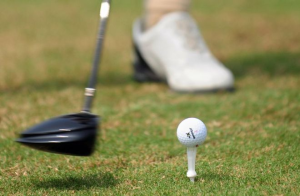
With good iron players you will not see this “back up” in the swing. The player will not move so hard towards the target and then move away from the target. The good iron player will just move towards the target and then rotate into a balanced position on the lead or left leg.
So the weight shift with Irons is less aggressive than it is with the driver. This may explain why many tour players are long hitters and poor iron players and the other way around. This also help us to understand how special players like Tiger, VJ, Phil, Adam, Jason and others are such special ball strikers.
Two drills if you don’t have a BodiTrak
One of the best drills used by instructors for years is still very effective, the dreaded step drill. By simply having a player lift their left foot barely off the ground in the back swing and then putting the foot back down to start the down swing this cures most body motion errors. When you measure this drill on the computer is amazing how much better almost everyone’s swing mechanics become with this drill. There is even a trend with some younger players to play lifting the left foot off the ground. Hello Happy Gilmore! Maybe Jack Nicklaus was way ahead of his time lifting his heel of the ground on the back swing.
Curling you toes
Many players get too much weight on their toes in the back swing and down swing which stops rotation. The first person to discuss this drill that I know about was Sam Sneed. He explained to many players that you should practice by curling your toes in your shoes and then hit shots. This will help you get the weight more balanced and more towards the heels. This also proves to be a great drill when we use the computer to measure proper shift and weight distribution.
You can also use an old shaft or an alignment stick to accomplish the same drill. Place the shaft on the ground pointing at the target under your feet towards your toes. You should have the rod or shaft at the balls of both feet so you can feel your balance. Hit balls like this for 10 minutes and you might be surprised how much better you hit it.
Bottom line, you may be working on something in you golf swing that is coming from the ground up. By using pressure plates or pressure mats you may find out you have much more potential power. You also may be able to fix an arm swing fault by fixing how your feet work. I have seen complicated swing get fixed easy using this technology.
So go practice your balance and hit it farther.
Jim Hartnett, PGA
myhome4golf.com




